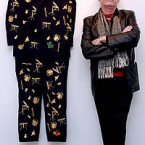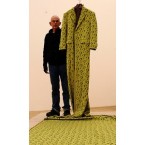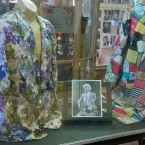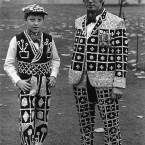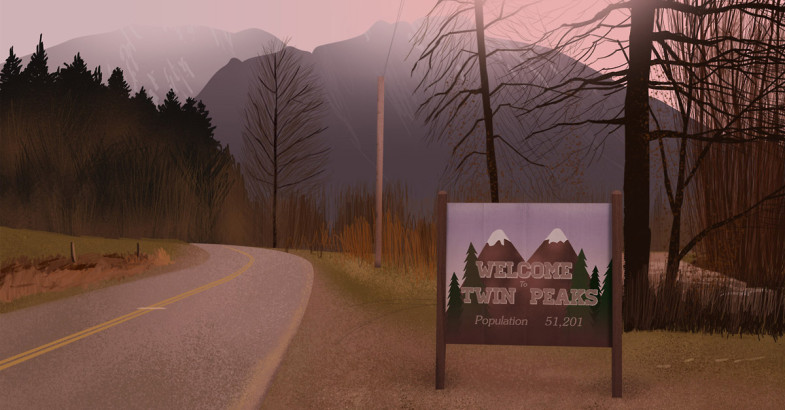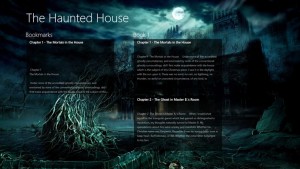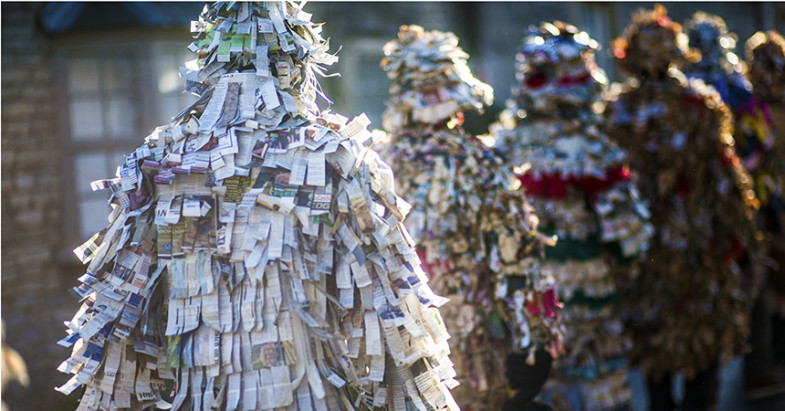
So Shaun what are you actually doing now……
well..that’s an interesting question.
I currently have two PhD proposals submitted to Nottingham University and Loughborough. They both the same and the gist of the proposal is this.
I want to link two separate areas of art research together. Storicodes is an app developed at Nottingham University MRL ( Mixed Reality lab) which is an artier version of the rather banal QR code. It has been successfully deployed through large scale illustration which I was introduced to by Stefan Rennick Egglestone at Nottingham Writers Studio in 2015.
At the same time I became aware of the developments in digital embroidery especially through the work at NTU in textile and product design.
I was assured by Prof. Sarah Kettley (now at Edinburgh College of Art)Â that there is no theoretical problem in creating lighting embroidery which could then be scanned by the storicode app.
Which Baldrick is where my cunning plan unfolds…
As a dead country star ( yes there a lot around) and folk performer/reviewer I aware that audiences falling and venues closing so would like to help counter that trend. An app that connected both consumers and artists and enabled connections would be great. So here we have a variation on the ‘added content’ idea. By wearing an embroidered suit whilst performing it may be possible for an audience member to focus the scanning app on a part of the design which lit up in sequence as songs played. This would trigger an illustration appearing (songbook cover/graphic novel page) as I performed. The audience member would only access this information at the performance. Thus re-establishing a live venue experience with added value. I keen on the idea of near-field content which limited and not ubiquitous. I have a plan for a museum tree that beams out archives..but that literally another story…
Finally and still in early stages of development I have friends who work with severe autism and it may be possible to develop child-friendly suits that enable communication. Music and rhythm can be the keys to unlocking those previously ‘blocked’ neural spaces. If I can get funding then that a route I keen to go down.
PhD funding is extremely competitive at present and I still hopeful. If I fail ( update July 2016..I did fail but only because I not keen on being a corporate intern which sad ). Then I may look at alternative ways of creating these projects such as Near Now at Broadway or ACE funding or even Crowdsourcing. Who knows.
But that is where I be at right now.
Here some artist’s suits for information….and of course Elvis Costello wrote a song called ‘Suit of Lights’
